Home>Renovation & DIY>Tools & Equipment>How To Find Studs In Plaster Wall Without Stud Finder
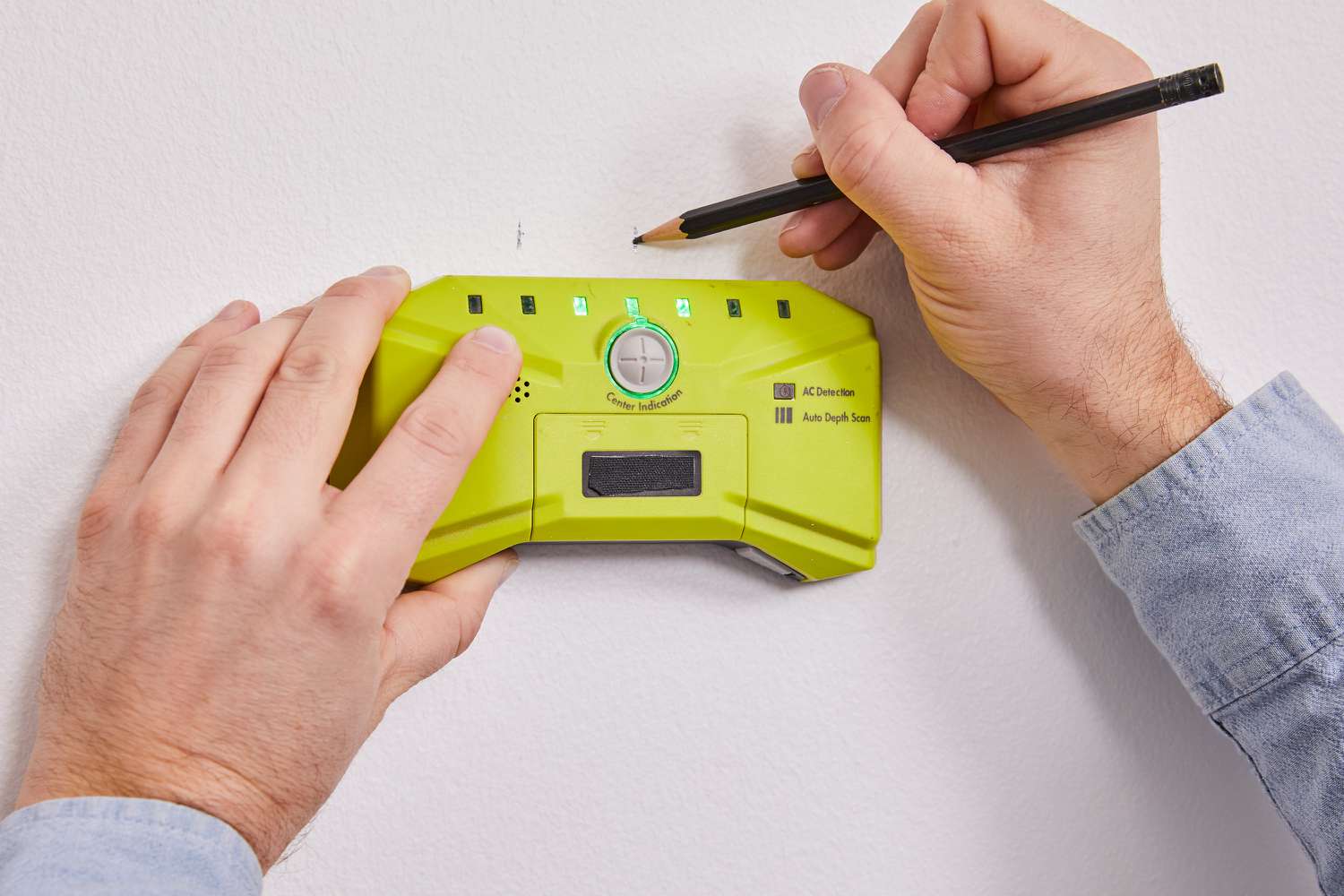

Tools & Equipment
How To Find Studs In Plaster Wall Without Stud Finder
Modified: April 22, 2024
Learn how to find studs in a plaster wall without a stud finder using simple tools and equipment. Find out the step-by-step process and master the art of locating studs for your DIY projects.
(Many of the links in this article redirect to a specific reviewed product. Your purchase of these products through affiliate links helps to generate commission for Storables.com, at no extra cost. Learn more)
Introduction
When it comes to hanging heavy objects like shelves, mirrors, or TVs on a plaster wall, finding the studs is essential. Studs are vertical beams behind the plaster that provide stability and support for anything you hang on the wall.
While using a stud finder is the most common method of locating studs, not everyone has access to this tool. But fear not! There are alternative techniques you can use to find studs in a plaster wall without a stud finder.
In this article, we will explore several methods that can help you locate studs in a plaster wall without a stud finder. From using magnets to measuring and tapping on the wall, we’ve got you covered.
So, let’s dive into these creative and effective methods that will help you find studs in a plaster wall and safely hang your heavy objects with confidence.
Key Takeaways:
- Get creative and resourceful when finding studs in a plaster wall without a stud finder. Use methods like magnets, tapping, and observing outward signs to confidently hang heavy objects securely.
- Combine multiple techniques like using a magnet, tapping and listening, and observing outward signs to accurately locate studs in a plaster wall without a stud finder. Practice and patience are key!
Method 1: Use a Magnet
One simple and effective method to locate studs in a plaster wall is by using a magnet. This method works because most screws or nails used to secure the studs are made of metal, which is magnetic.
Here’s how you can use this technique:
- Place a small magnet on the surface of the plaster wall.
- Start moving the magnet horizontally along the wall, paying close attention to any points where the magnet feels attracted or sticks to the wall.
- If the magnet sticks or is noticeably attracted to a specific area, it likely indicates the presence of a screw or nail, which is likely securing a stud.
Once you locate one point of attraction, it’s a good idea to verify by moving the magnet vertically above and below the area. This will help you confirm the width of the stud.
Remember that this method may not be foolproof, as some studs may not have metal screws or nails. However, it generally provides a good indication of where the studs might be located.
Using a magnet can be a quick and convenient method to find studs in a plaster wall if you don’t have access to a stud finder. However, it’s always a good idea to use additional methods to confirm the location of the studs before hanging any heavy objects.
Method 2: Look for Outward Signs
Another method to find studs in a plaster wall without a stud finder is by looking for outward signs that indicate the presence of a stud. While this method requires a keen eye and some observation skills, it can be an effective way to locate studs.
Here are some outward signs to look for:
- Nail Pops: Nail pops occur when the drywall screw or nail pops out slightly, causing a small bump or indentation in the plaster. These nail pops often indicate the location of the studs.
- Wall Outlets and Switches: Electrical outlets and switches are typically attached to the studs. By inspecting the placement of these fixtures, you can determine the general location of the studs nearby.
- Baseboards and Crown Molding: Studs are necessary for the installation of baseboards and crown molding. By examining the alignment of these trim pieces, you can get an idea of where the studs might be.
- Vertical Lines: In some cases, you may notice faint vertical lines or seams in the plaster. These lines can indicate the edges of the studs.
By carefully inspecting your plaster wall for these signs, you can start to piece together the location of the studs. It’s important to note that these signs may not always be visible or accurate, so it’s wise to combine this method with other techniques to confirm the stud location.
Remember to take your time and be thorough in your observations. Patience and keen observation skills are key when using this method to find studs in a plaster wall.
Method 3: Use Sound
Believe it or not, sound can be a helpful indicator when it comes to finding studs in a plaster wall without a stud finder. This method relies on the fact that there is a hollow sound when tapping on the plaster where there is no stud, and a solid sound when tapping on the stud itself.
Follow these steps to use sound to locate studs:
- Start by tapping on the wall with your knuckles or a small hammer. Begin at one end of the wall and work your way horizontally.
- Pay close attention to the sound you hear when tapping. A hollow sound indicates that there is no stud in that area, while a solid or muffled sound likely means that there is a stud beneath that spot.
- Continue tapping along the wall, making note of the areas where you hear a solid sound. These areas are likely to have studs behind the plaster.
It’s important to tap gently and consistently to get a clear sense of the sound. Additionally, keep in mind that this method may not be foolproof, as other factors can affect the sound, such as the presence of pipes or insulation within the wall.
Using sound as a method to find studs requires some practice and patience. Take your time and tap at various spots along the wall to ensure accuracy and confirm the presence of studs before hanging anything heavy.
Method 4: Tap and Listen
Another technique to find studs in a plaster wall without a stud finder is by tapping and listening for a distinctive sound. This method is similar to the previously mentioned sound method but focuses on the specific sound produced when tapping directly on the stud.
Follow these steps to use the tap and listen method:
- Take a small hammer or any object with a solid handle and gently tap the wall at different points.
- Listen carefully to the sound produced when you tap. You are looking for a solid, dull sound rather than a hollow or echoing sound.
- When you hear a more solid, dull sound, mark that spot as it is likely to be where the stud is located.
- Continue tapping and listening along the wall, marking the areas where you consistently hear the solid sound.
This method requires a sensitive ear and attention to detail. It may take some practice to accurately identify the sound of a stud, but with patience, you can become adept at using this method to find studs in a plaster wall.
It’s important to note that the tap and listen method may not always be foolproof, as certain factors like pipes or wall fixtures can create similar sounds. Therefore, it is recommended to use this method in combination with other techniques to confirm the presence and location of studs.
With practice and attentiveness, the tap and listen method can be a reliable way to find studs and ensure stability when hanging items on a plaster wall without a stud finder.
Use a strong magnet to locate the nails or screws holding the plaster to the studs. Move the magnet along the wall until you feel it being attracted to a fastener, indicating the presence of a stud.
Method 5: Measure
One practical method to find studs in a plaster wall without a stud finder is by using a measuring tape. This method involves measuring the distance between known points, such as the corners of the wall or the location of electrical outlets, to determine the spacing of the studs.
Here’s how you can use this technique:
- Begin by measuring the distance between the corners of the wall. Typically, studs are placed about 16 to 24 inches apart. By measuring the distance between the corners, you can estimate where the studs might be located.
- Take into consideration the standard spacing used in your region. In the United States, for example, studs are commonly spaced at intervals of 16 inches.
- Look for visible signs, such as slight indentations or nail pops along the measured line, which may indicate the presence of studs at those intervals.
- If you have electrical outlets or switches, measure the distance between them as well. In most cases, outlets are placed near studs. By measuring their spacing, you can get a better idea of where the studs might be located.
While this method provides a logical approach to finding studs, keep in mind that it may not always be precise. Factors such as non-standard stud spacing or renovations done to the wall can affect the accuracy of your measurements.
For greater accuracy, it is recommended to use this method in combination with other techniques, like using a magnet or tapping and listening, to verify the location of the studs before hanging any heavy objects.
By employing the measure method, you can make calculated estimates to find studs in a plaster wall, ensuring secure and stable support for your wall hangings.
Method 6: Look for Electrical Outlets or Switches
One practical method to find studs in a plaster wall without a stud finder is by looking for electrical outlets or switches. These fixtures are typically installed on the studs, making them useful indicators of where the studs might be located.
Here’s how you can use this technique:
- Take a close look at the wall and identify the location of any electrical outlets or switches present.
- Studs are commonly placed on either side of the electrical boxes, usually about 16 inches apart (though it can vary). By observing the position of these fixtures, you can estimate the general location of the studs nearby.
- Once you have identified the approximate location of the studs, you can use additional methods, like tapping and listening or using a magnet, to confirm their presence.
It’s important to note that electrical wiring can sometimes be installed horizontally between studs. In such cases, the presence of an outlet or switch may not always guarantee the exact location of a stud. However, using this method in combination with other techniques can help you narrow down the areas where the studs are most likely located.
This method is particularly useful when you want to find studs in a specific area of the wall, such as where you plan to install a heavy object or shelves.
By paying attention to the position of electrical outlets or switches, you can make informed estimations of the stud locations and ensure secure mounting of your wall hangings.
Method 7: Use a Stud Finder Alternative
If you don’t have a stud finder on hand, there are alternative tools and methods that can help you locate studs in a plaster wall. While not as precise as a stud finder, these alternatives can still provide valuable information about the presence and location of studs.
Here are a few stud finder alternatives you can try:
- Tapping and Listening: As mentioned earlier, tapping on the wall and listening for a solid sound can help you locate studs. A stud will produce a more solid and muffled sound compared to the hollow sound of the surrounding wall.
- Visual Inspection: Take a close look at the wall and look for any visible signs of studs. These signs may include slight indentations, nail pops, or vertical lines in the plaster. While not always reliable, they can give you a general idea of where the studs might be located.
- Using a Thin Object: Take a thin, long object like a wire hanger or a straightened paperclip and insert it into the wall at various points. When you encounter resistance, it could indicate the presence of a stud. Be cautious with this method, as it may create small holes in the plaster.
- Cutting Small Holes: This method should be used as a last resort. If you’re unable to locate the studs with other methods, you can carefully cut small holes in inconspicuous areas of the wall to visually inspect for the presence of studs. However, it’s important to approach this method with caution to avoid causing significant damage to the wall.
While these alternative methods can help you find studs in a plaster wall, they may not be as precise as using a stud finder. It’s always wise to use a combination of these techniques to confirm the location of studs before hanging any heavy objects.
Remember to exercise caution when using any tools or methods that involve puncturing or damaging the wall. In case of doubt, consult a professional for assistance.
By utilizing these stud finder alternatives, you can successfully locate studs in a plaster wall and securely hang your desired objects.
Conclusion
When it comes to finding studs in a plaster wall without a stud finder, a little creativity and resourcefulness can go a long way. While a stud finder is the most convenient tool for the job, there are several alternative methods that can help you locate studs and ensure the stability of your wall hangings.
From using a magnet to tapping and listening for a solid sound, each method provides a unique approach to finding studs. By combining these techniques and paying attention to visible signs, such as nail pops or electrical outlets, you can increase your chances of accurately locating the studs behind the plaster.
It’s important to remember that these methods may not always be foolproof, and there is always a slight margin of error. Therefore, it’s a good idea to use multiple methods to cross-verify the presence and location of studs.
When using these stud finding techniques, be mindful of the integrity of the plaster wall. Avoid excessive force or damaging the surface unnecessarily. If you are unsure or uncomfortable performing these methods yourself, it is advisable to seek professional assistance.
Whether you’re hanging shelves, mirrors, or a TV, finding the studs is essential for secure and stable mounting. By utilizing the methods outlined in this article, you can confidently locate the studs in your plaster wall and proceed with your installation with peace of mind.
Remember, practice makes perfect. The more you familiarize yourself with these methods, the more skillful you’ll become at finding studs without relying on a stud finder.
So go ahead and tackle your next home improvement project with confidence, knowing that you have the knowledge and skills to find studs in a plaster wall without a stud finder. Happy hanging!
Frequently Asked Questions about How To Find Studs In Plaster Wall Without Stud Finder
Was this page helpful?
At Storables.com, we guarantee accurate and reliable information. Our content, validated by Expert Board Contributors, is crafted following stringent Editorial Policies. We're committed to providing you with well-researched, expert-backed insights for all your informational needs.
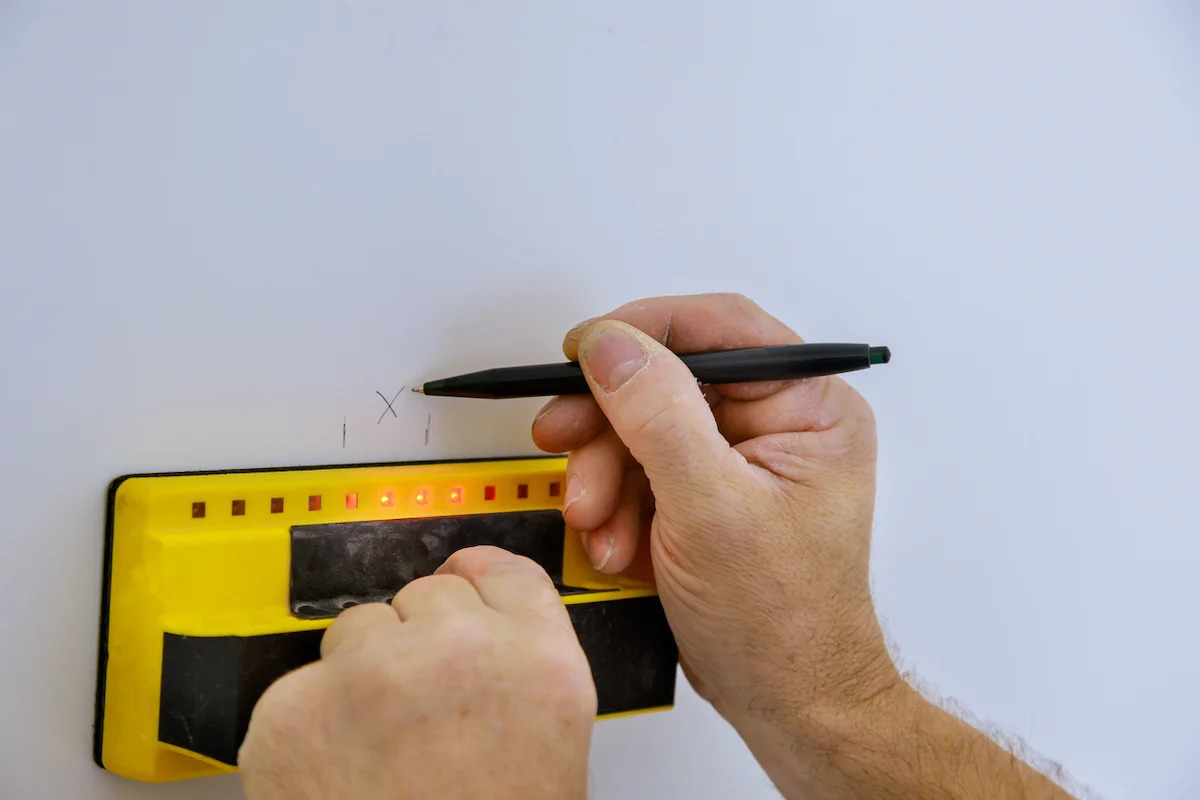
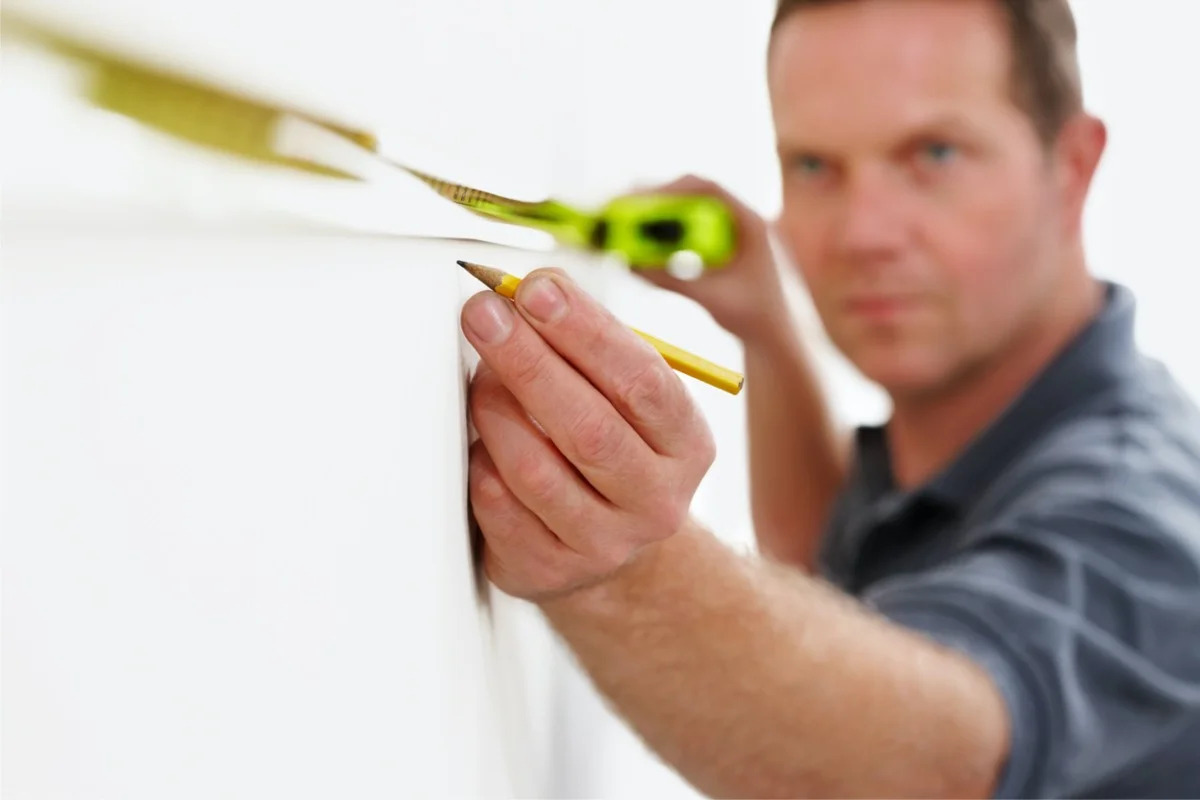
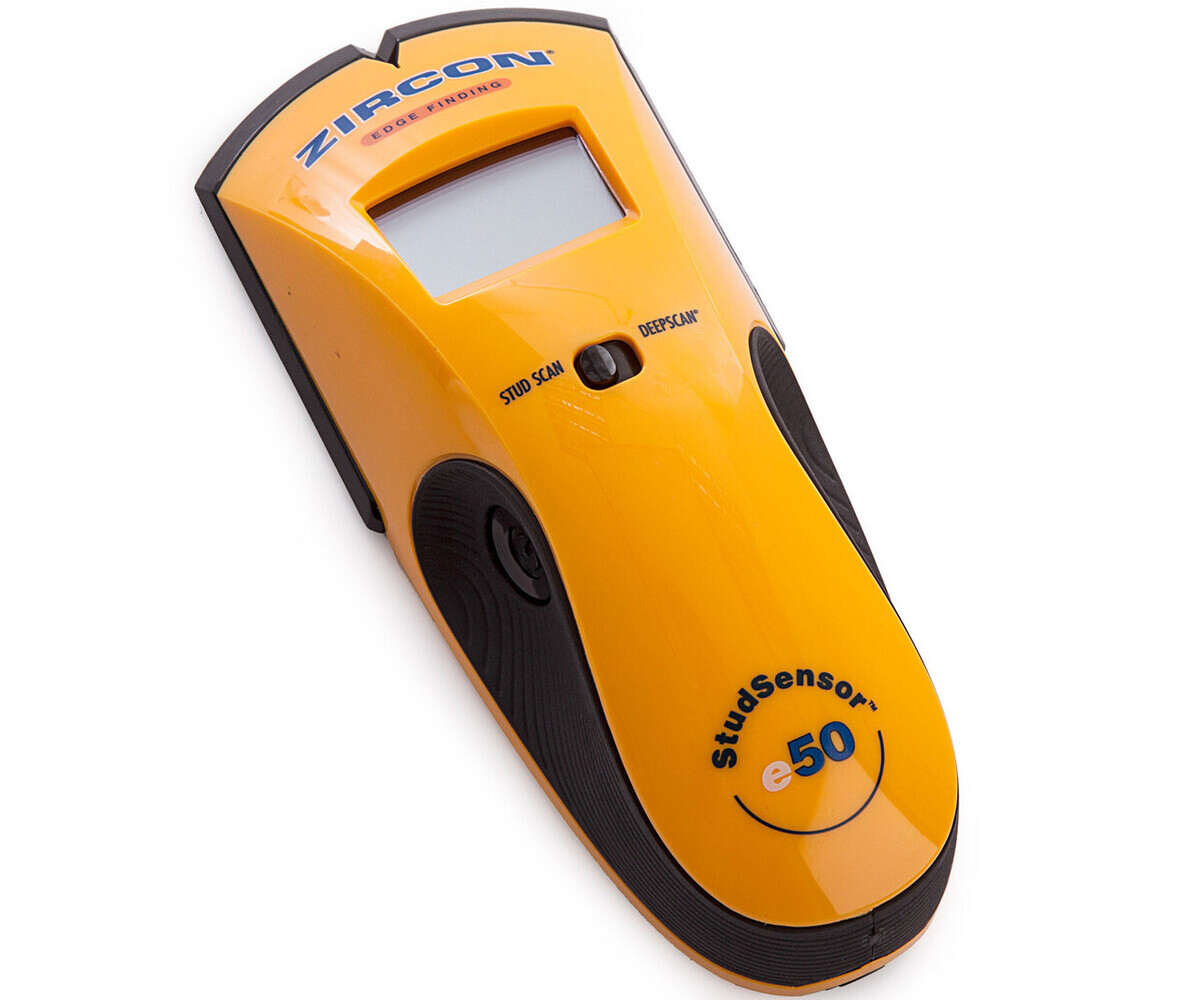
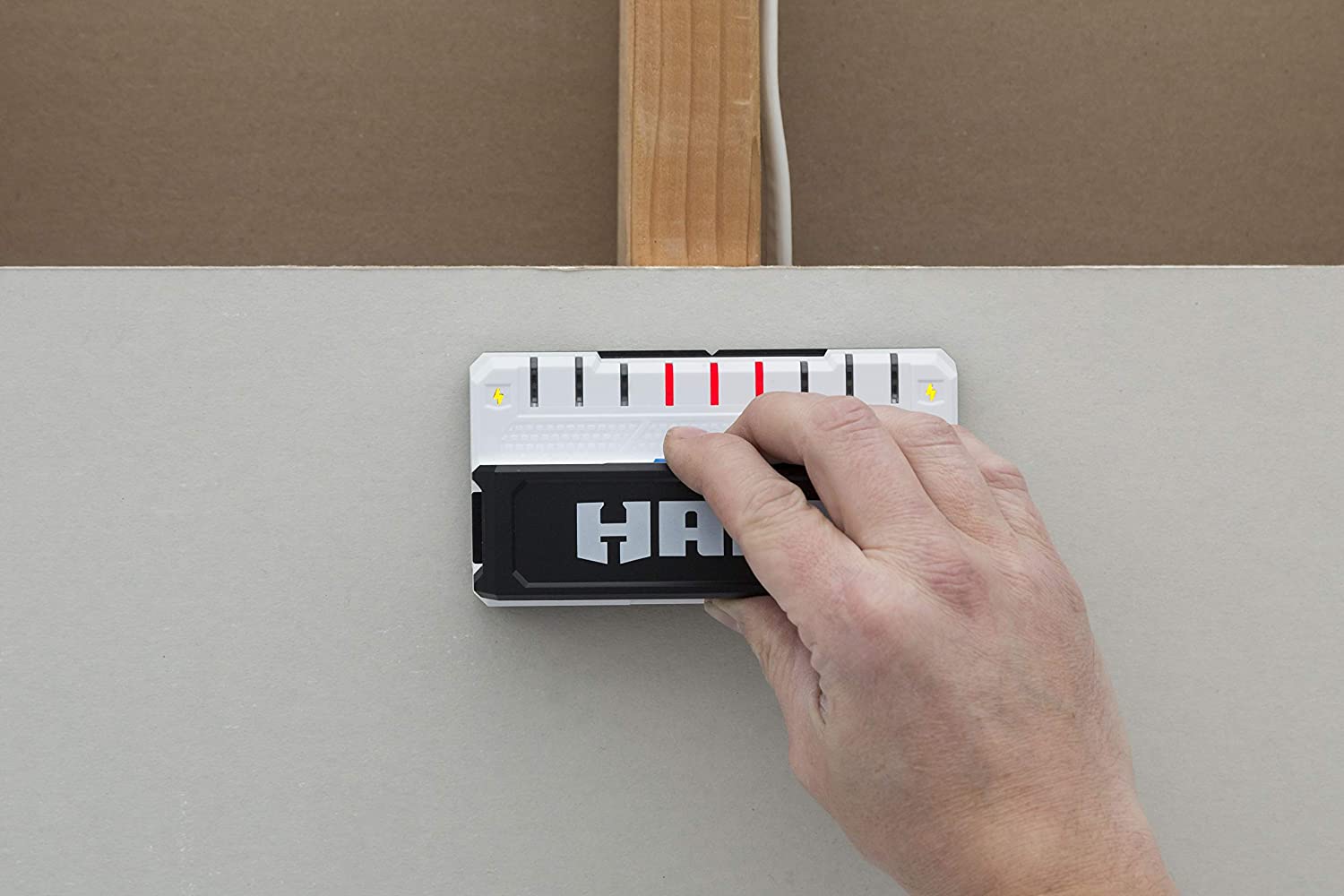
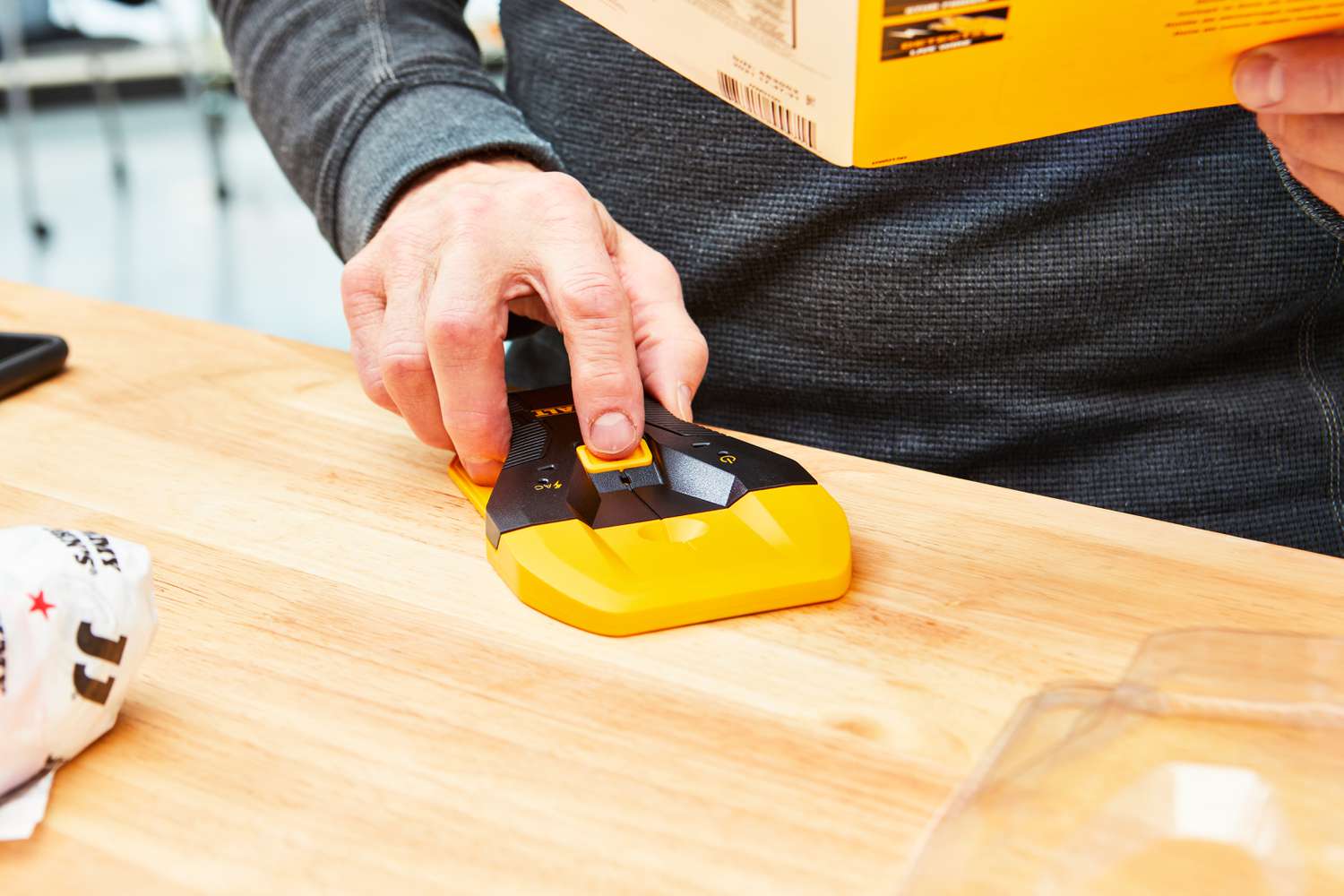
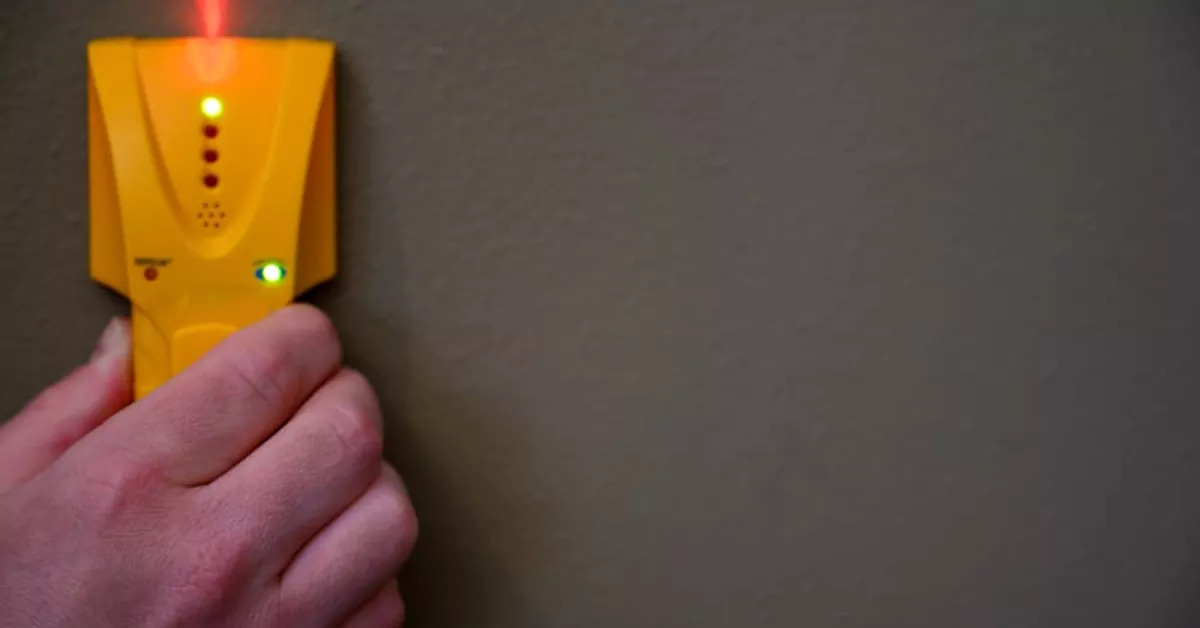
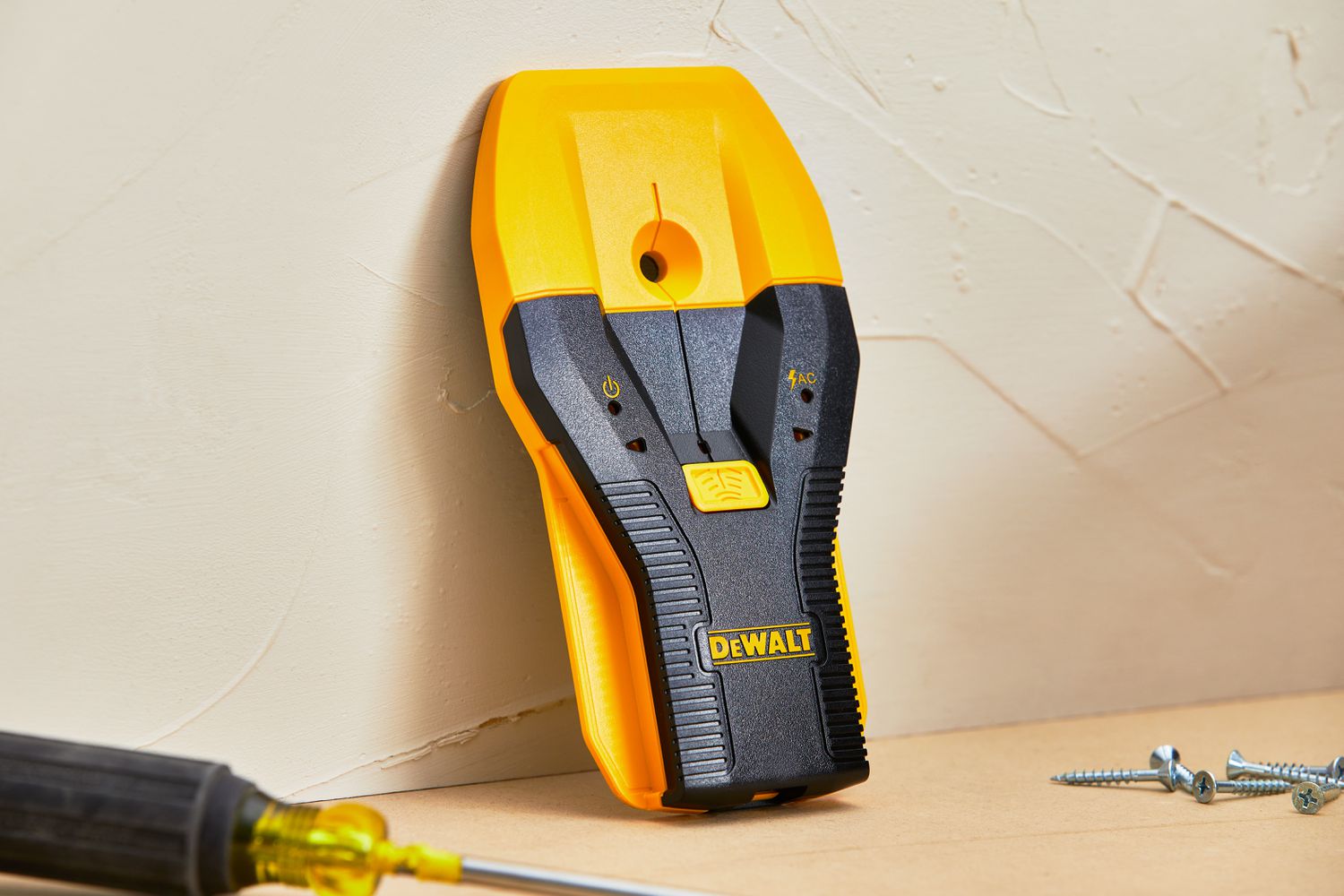
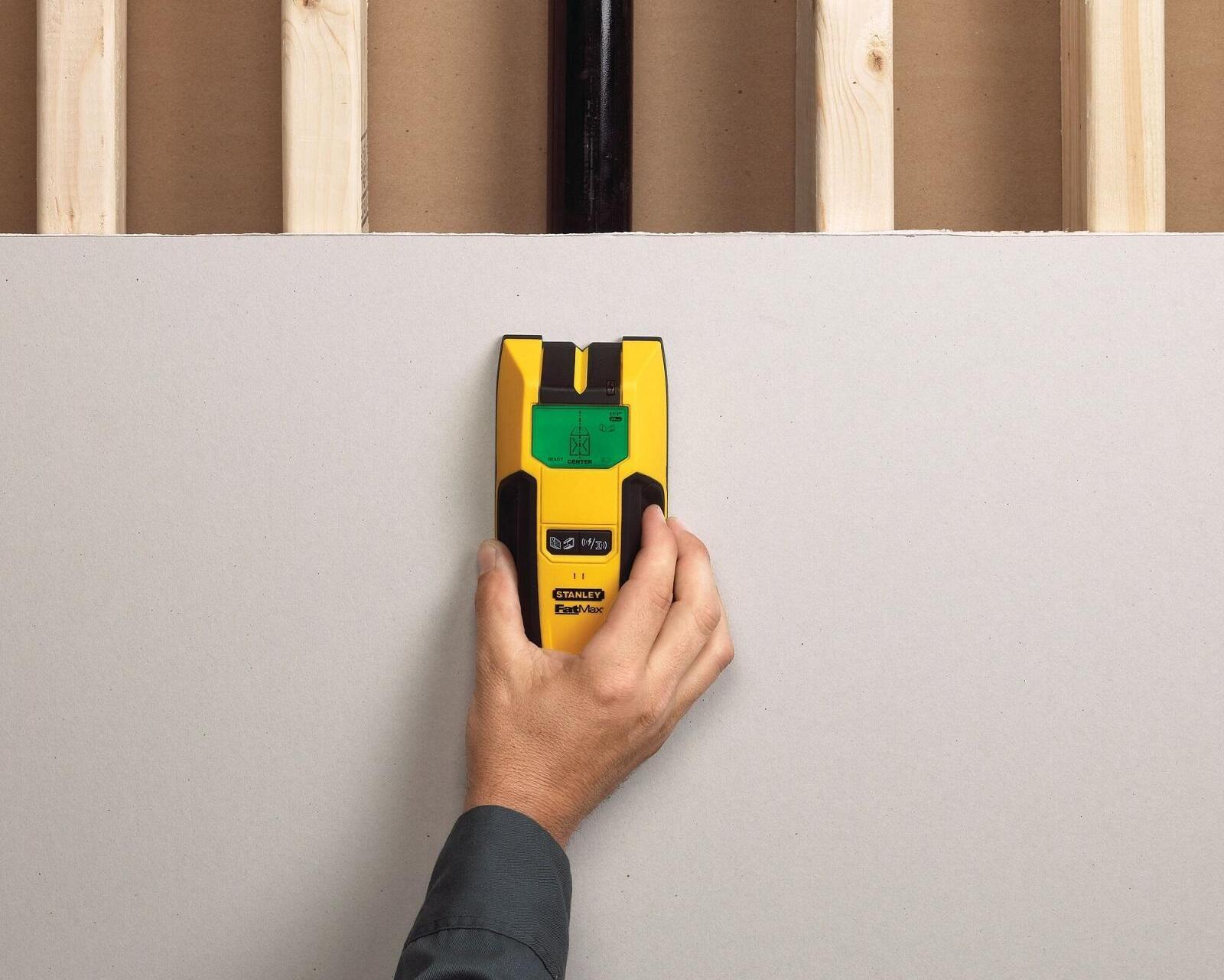
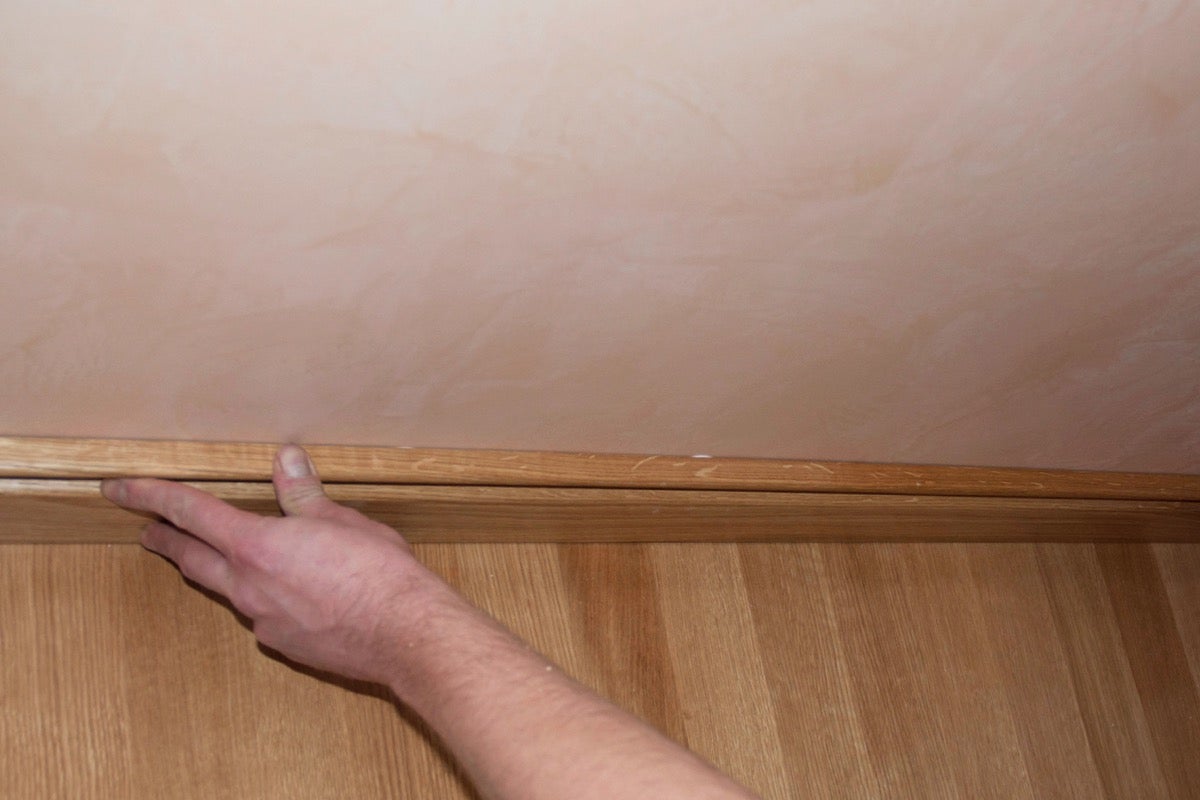
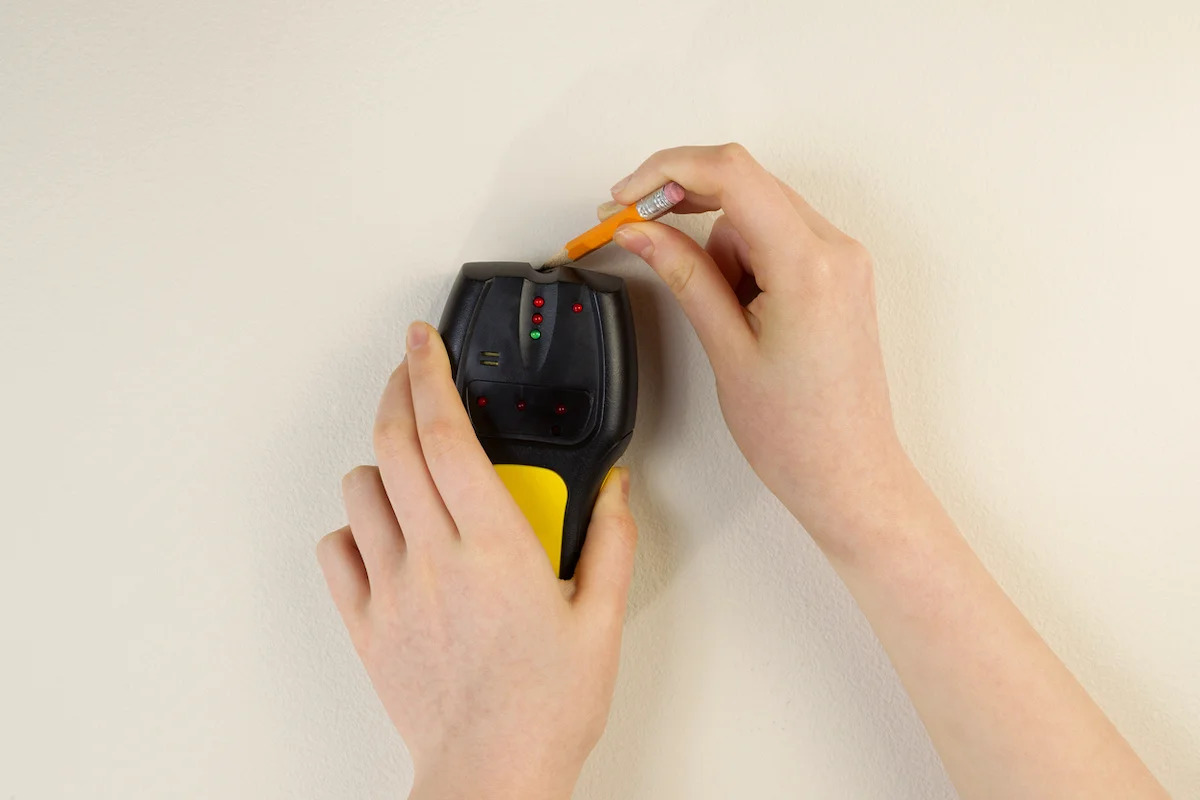
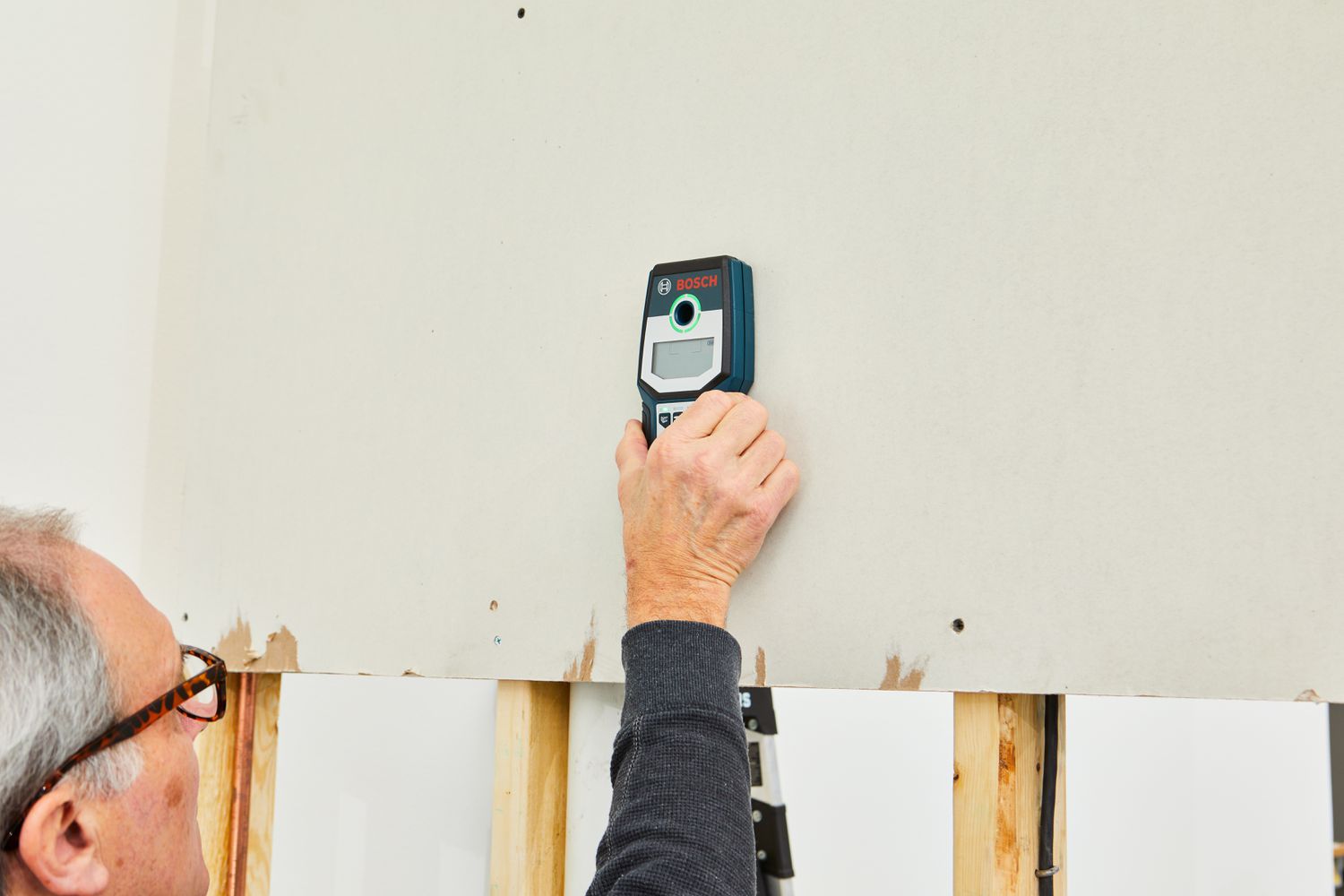
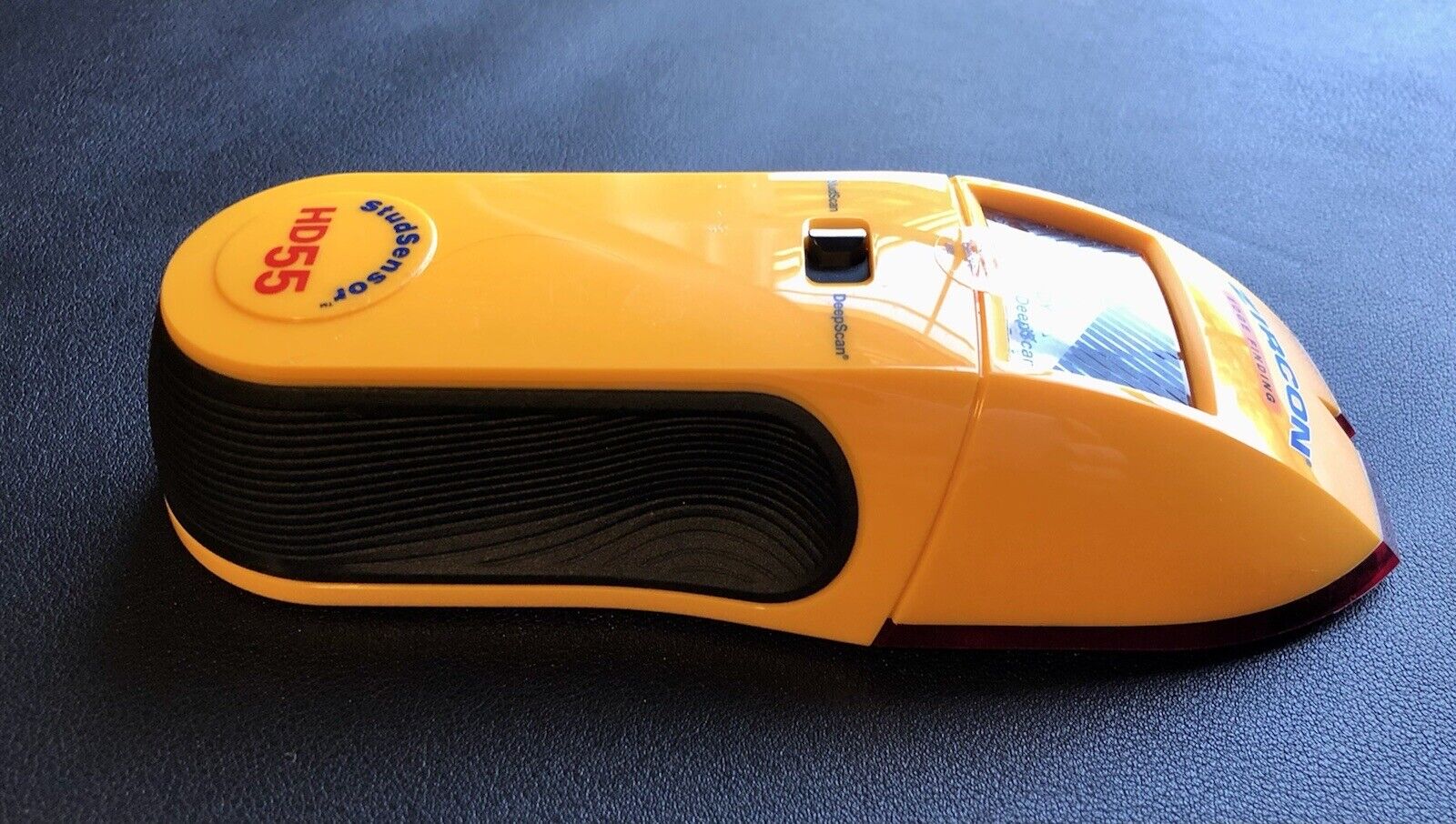
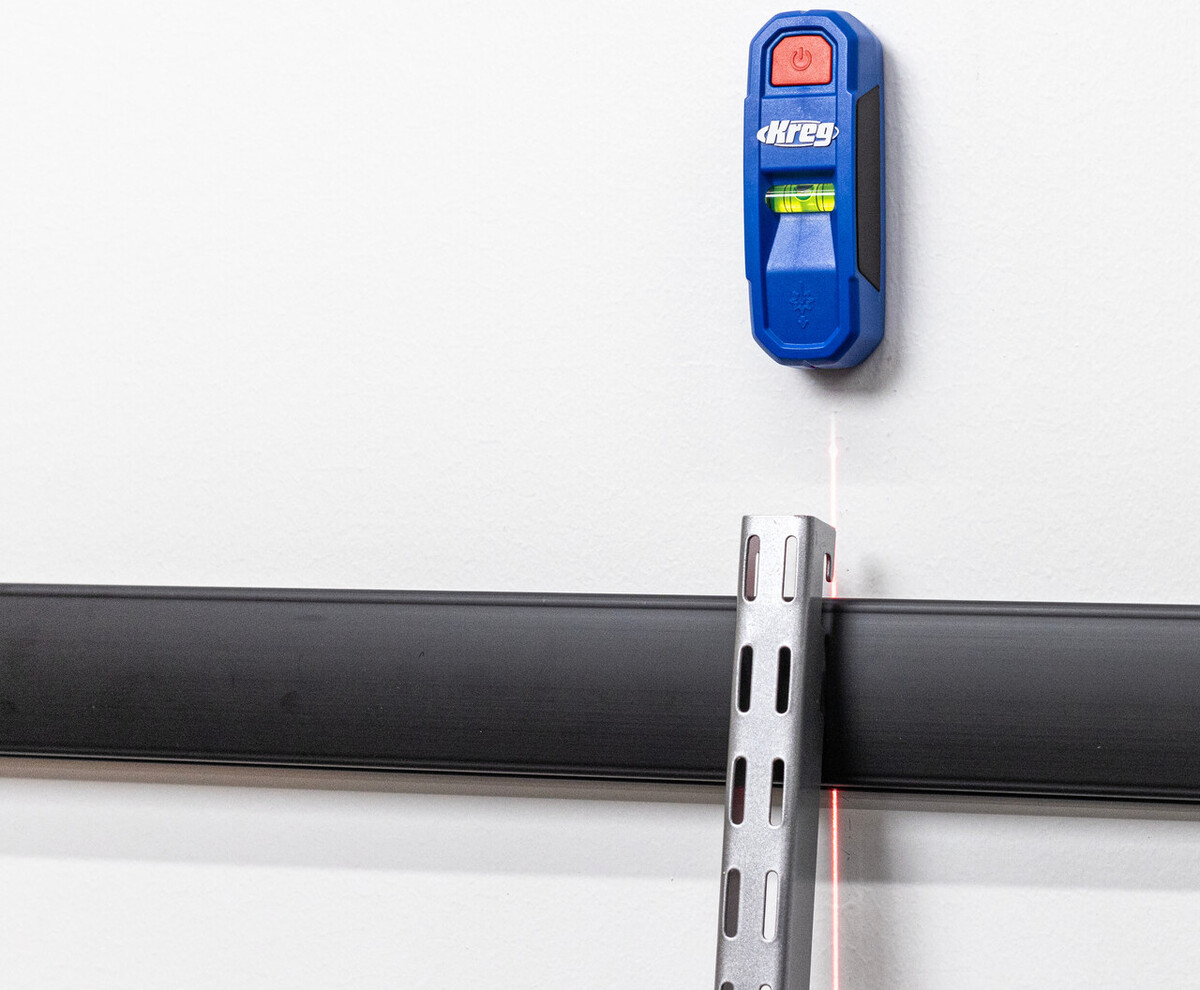
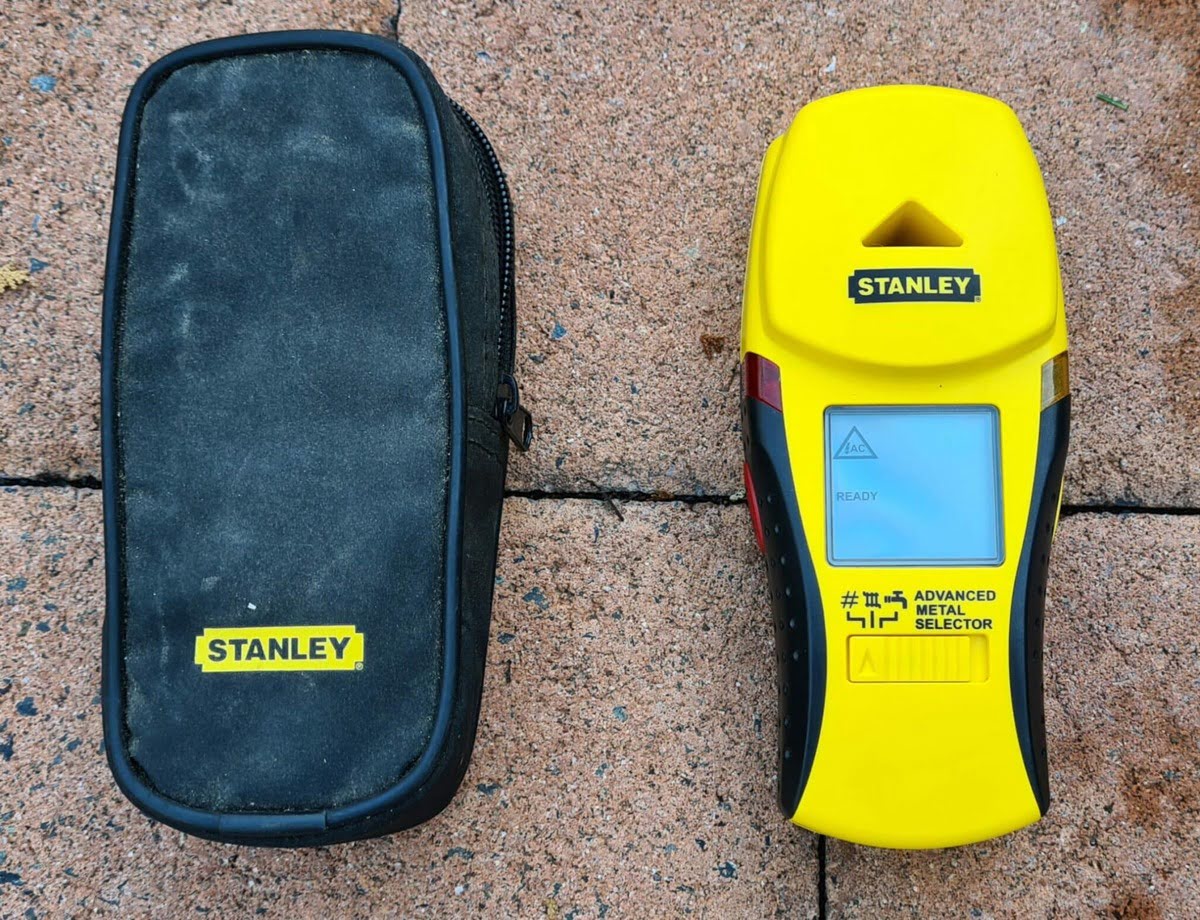

0 thoughts on “How To Find Studs In Plaster Wall Without Stud Finder”